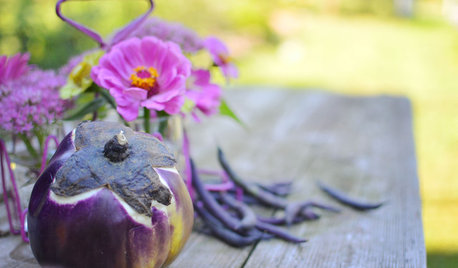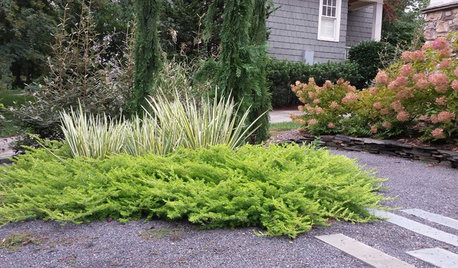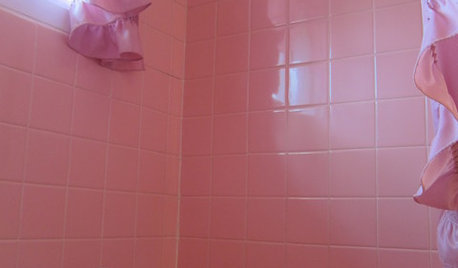Orange Fleshed Purple Smudge
jackbenny
15 years ago
Related Stories

DECORATING GUIDESRebel Colors Spark Fall Flower Arrangements
It's a fall-decor revolution! Purples, pinks and more are taking a stand with traditional autumn colors for unexpected arrangements
Full Story
PLANTING IDEASThese Aren’t Your Grandparents’ Junipers
Dislike junipers? Maybe it’s time to discover new varieties and new uses for this garden workhorse
Full Story
COLORSet the Mood: 5 Colors for a Calming Bedroom
Stressed? Can't sleep? Consider one of these cool, soothing hues for your walls
Full Story
MOST POPULAR11 Reasons to Paint Your Interior Doors Black
Brush on some ebony paint and turn a dull doorway into a model of drop-dead sophistication
Full Story
WHITEWhat to Know Before You Paint Your Walls White
A coat of white paint can do wonders in one room and wreak havoc in another. Here are tips for using the popular hue
Full Story
DECORATING GUIDESThe Dumbest Decorating Decisions I’ve Ever Made
Caution: Do not try these at home
Full Story
BATHROOM DESIGNTickled Pink in the Bathroom
We asked you to show us your vintage pastel bathrooms — and you responded with a tsunami of photos and comments
Full Story
PETSHouzz Call: Send in the Design Cats
Post your best photo of your cat at home, in the garden or with you in your studio. It could be published in a featured ideabook
Full Story
BATHROOM COLOR8 Ways to Spruce Up an Older Bathroom (Without Remodeling)
Mint tiles got you feeling blue? Don’t demolish — distract the eye by updating small details
Full Story
DOORSCould the Inside of Your Front Door Use a New Color?
An entrance interior is an often-overlooked opportunity to bring personality into the home. What will you do with yours?
Full StorySponsored
Central Ohio's Trusted Home Remodeler Specializing in Kitchens & Baths
More Discussions






carolyn137
fusion_power
Related Professionals
Forest Acres Landscape Architects & Landscape Designers · Oconomowoc Landscape Architects & Landscape Designers · Peabody Landscape Contractors · Wakefield Landscape Contractors · Belmont Landscape Contractors · Fort Hunt Landscape Contractors · Fort Myers Landscape Contractors · Gresham Landscape Contractors · Milford Mill Landscape Contractors · Spring Landscape Contractors · West Allis Landscape Contractors · Browns Mills General Contractors · Newburgh General Contractors · Boston Decks, Patios & Outdoor Enclosures · Mebane Decks, Patios & Outdoor Enclosuresfusion_power
mickyfinn6777
carolyn137
retiree
carolyn137
jackbennyOriginal Author
mulio
pyrorob
fusion_power
kandm
carolyn137
keen101 (5b, Northern, Colorado)
carolyn137
keen101 (5b, Northern, Colorado)